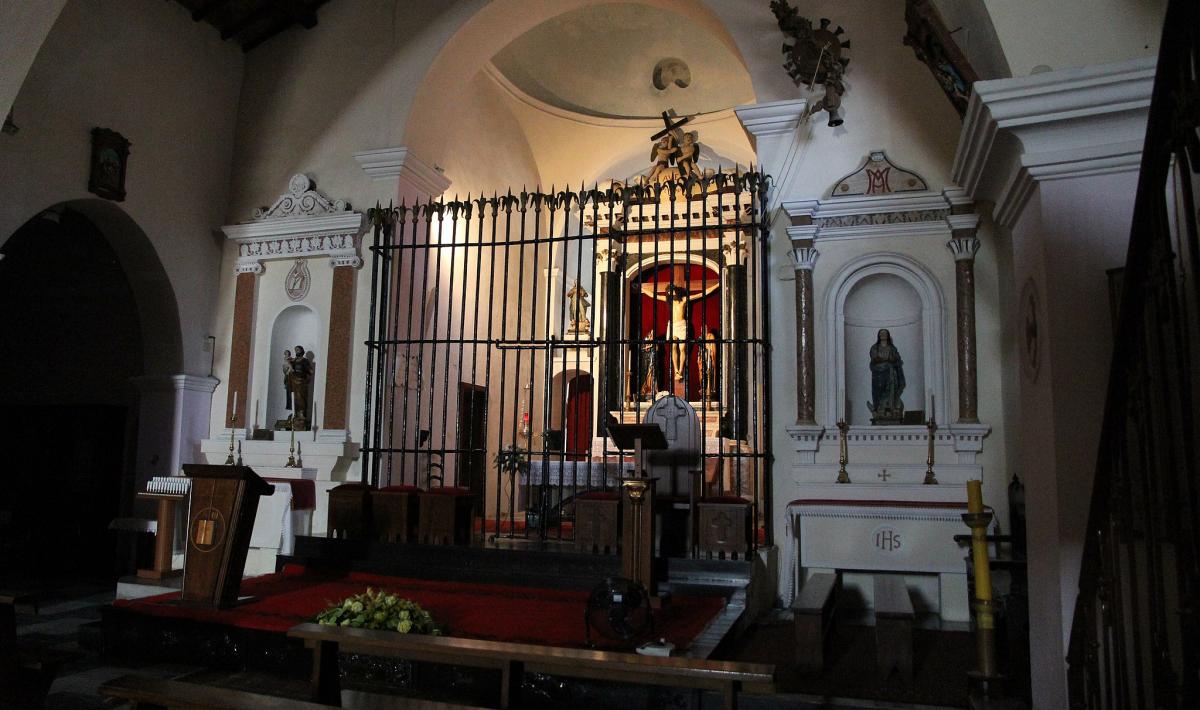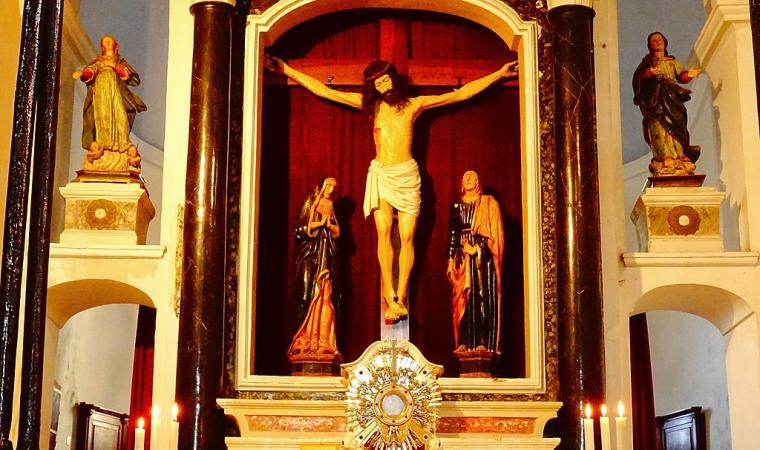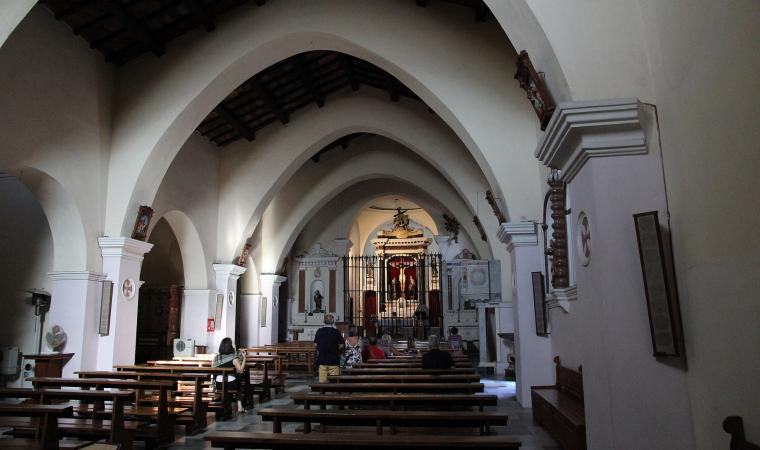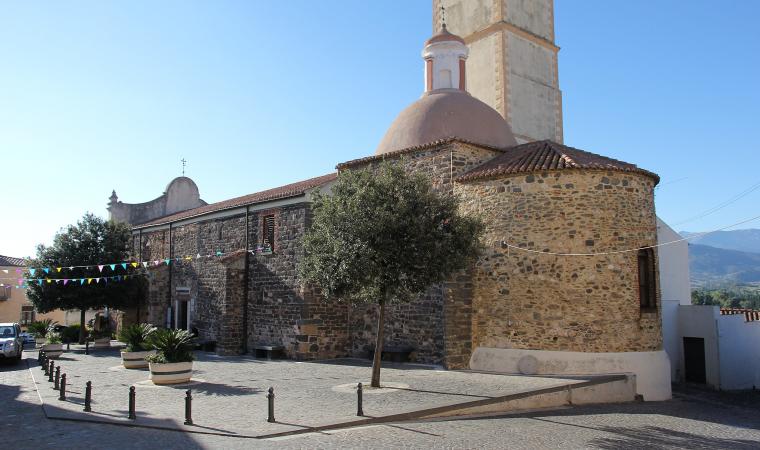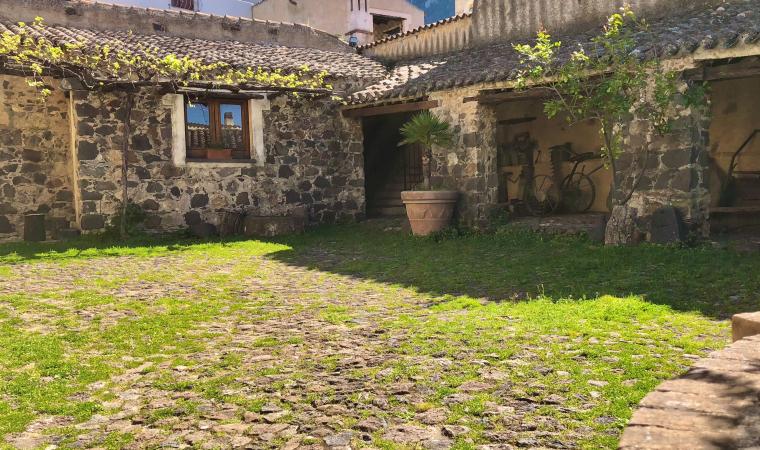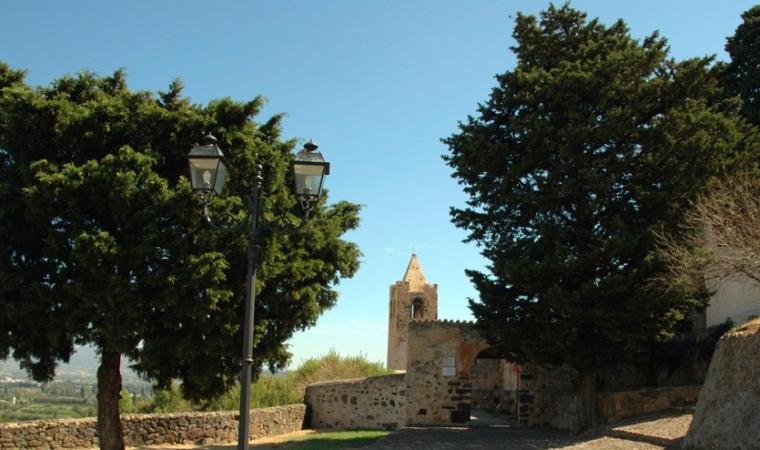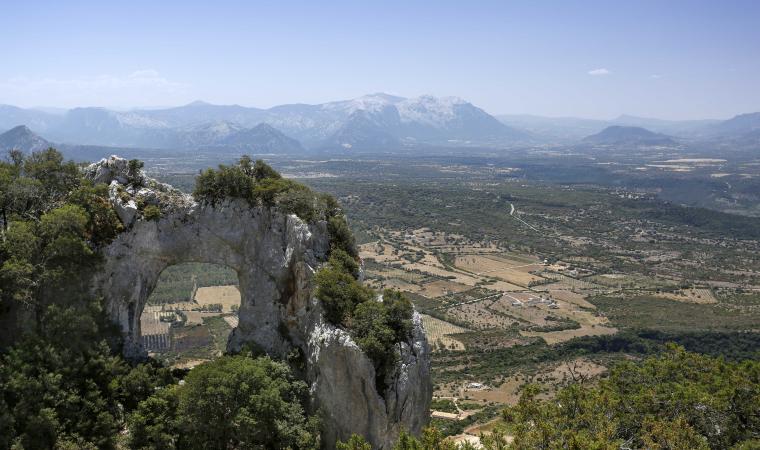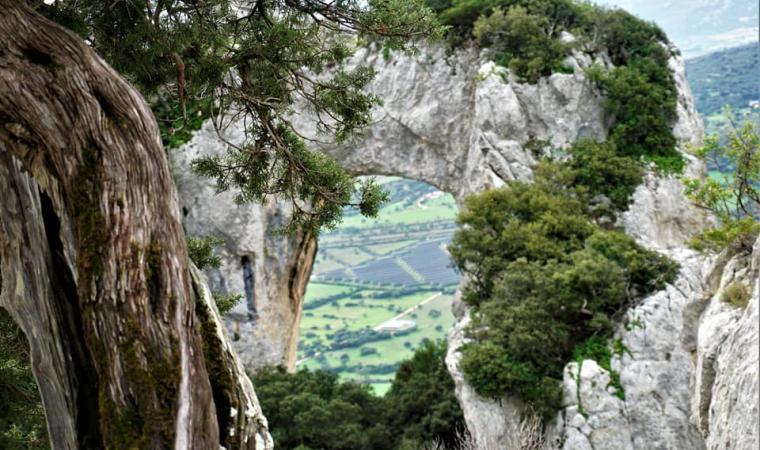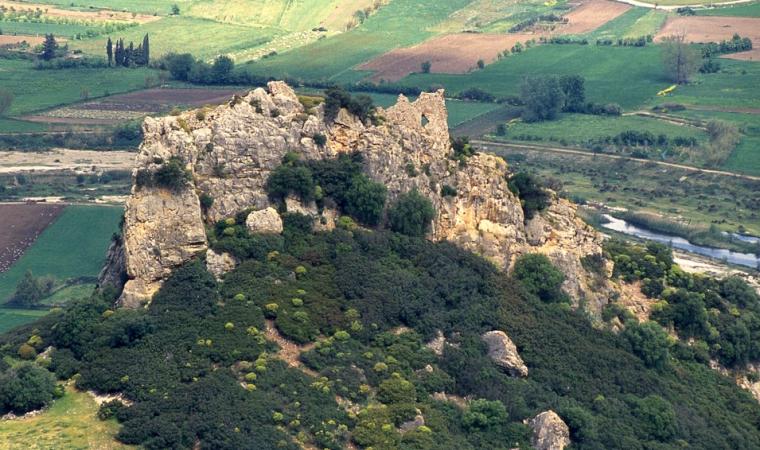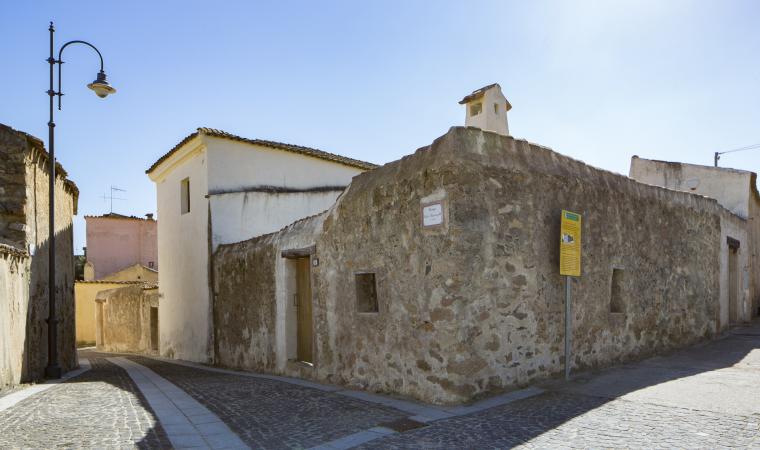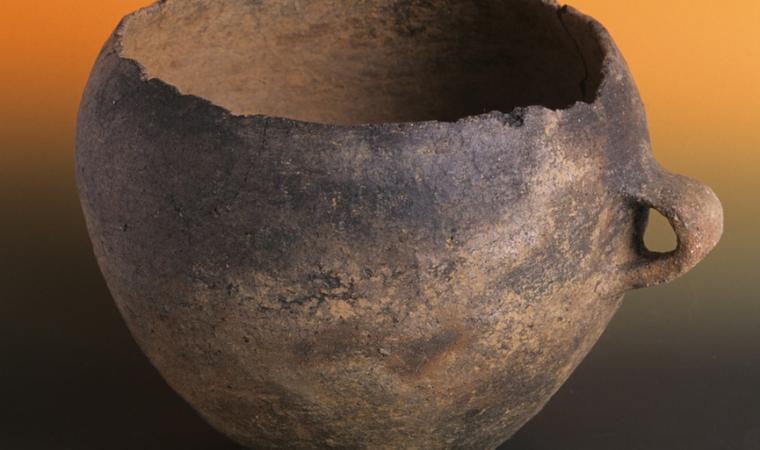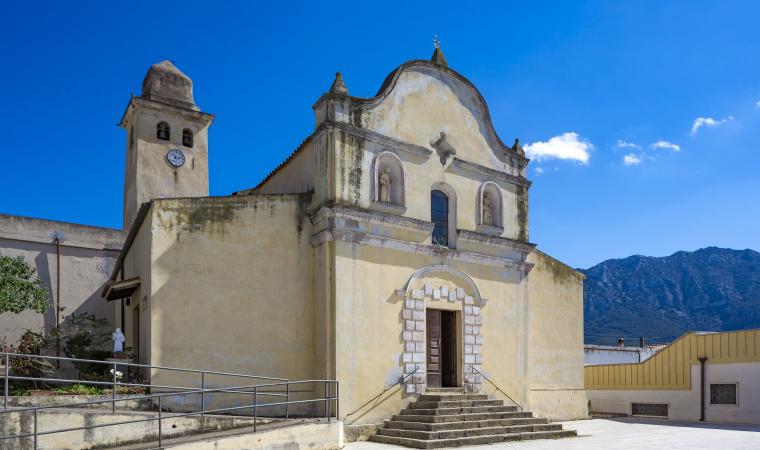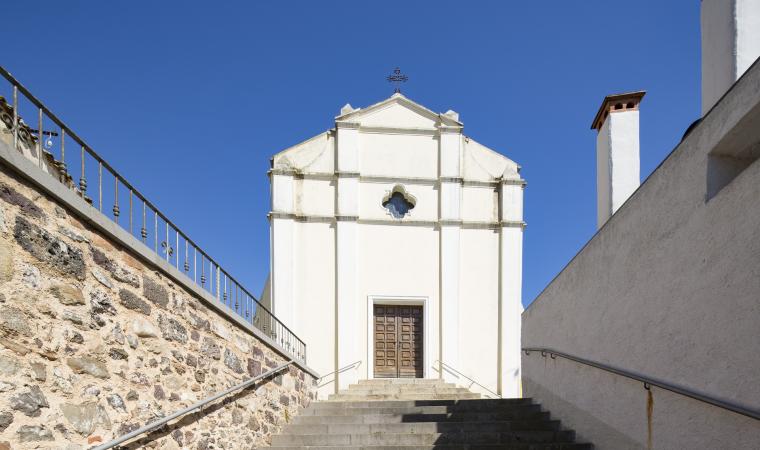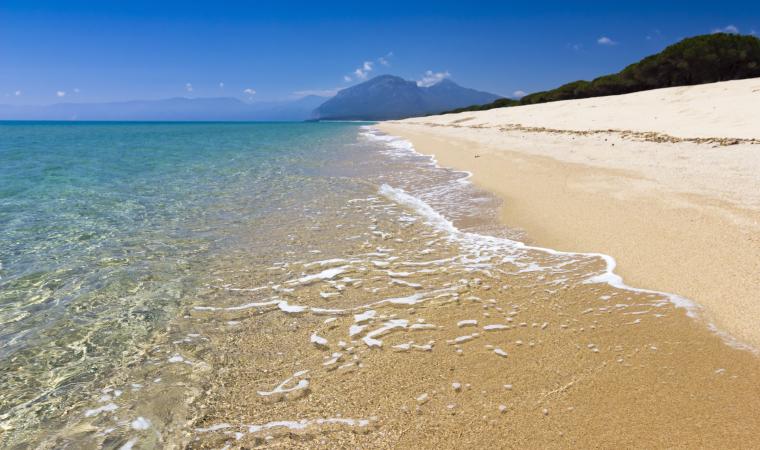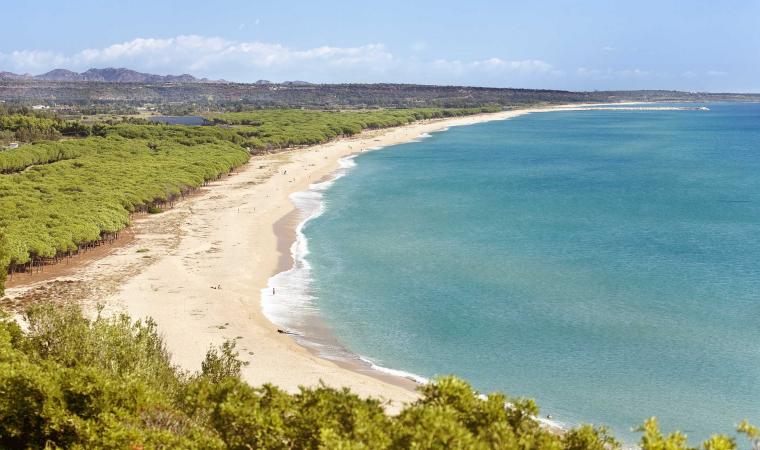According to legend, at the beginning of the 15th century, the wooden statue of Christ by Nicodemus turned up inside a chest on the beach of Orosei, on the central-eastern coast of the island, and was subsequently taken to Galtellì. Following this event, in the small, devout centre of lower Baronìa, precisely in Piazza Santa Croce, the new Church of Santissimo Crocifisso was constructed in Tuscan-Gothic style, built on the previous Church of Santa Maria delle Torri, which dated back to a period between the late 14th and early 15th century. Before the construction of the new monumental church, Santa Maria is said to have been the first to welcomed the statue but it was too small to accommodate the pilgrims attracted by the presence of the wooden image of Christ. An inscription on a bell in the tower, describing the invocation to Crucifix, dated 1401, confirms the building of the sanctuary.
The Church of the Santissimo Crocifisso, now the parish church of the Baronìa village, was renovated a second time in the eighteenth century in Piedmontese-Baroque style. It has a three-nave basilica layout, with a gabled wooden beam roof and large arches. Inside it, there is the wooden Christ that, between 1612 and 1667, is said to have sweated blood and to which countless wonders and miracles are attributed, making it a destination for pilgrimages from all over the Island. Inside the building, there is also a Holy Trinity dating back to the 16th century.
During Holy Week in the parish church, the confraternities of Santa Croce and sas Animas are the protagonists of engaging chants and liturgical rites. From 30 April to 3 May, the celebrations in honour of the Crucifix take place, during which religious functions merge with secular ones, with folklore and shows.
In the same square, stands the small medieval Church of Santa Croce, with a portico and a bell gable on the façade and various frescoes inside it. From here, you can continue your visit along paved streets with their stone houses in a village that was once a bishopric: within a single square kilometre you will come across various churches, including the former Cathedral of San Pietro.

